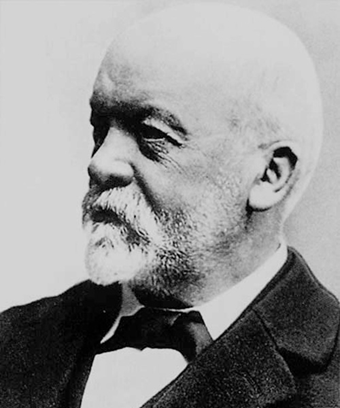
In 1883 Germany’s Gottlieb Daimler, who had joined Nicolas August Otto and Eugen Langen as their designing engineer, was issued a patent for a lightweight gasoline combustion engine, including a glow tube-type ignition. In 1885, Daimler’s first four-cycle, single-cylinder, half-horsepower gas-engined vehicle rolled over the streets of Canstatt, Germany. This one was a two-wheeled motorcycle with two smaller wheels operating like outriggers similar to the construction of children’s beginner bikes. In Daimler’s next model, a four wheeler, water cooling was added, so that by 1886 the internal combustion engine, complete with clutch, differential, carburetor, electric ignition and water cooling radiation, had reached at least the primitive stage of development. Daimler’s method of water cooling, incidentally, was highly ingenious. His car was built on a tubular chassis frame through which the water circulated, using the frame of the car as the automobile’s first radiator. Within several years such cars were commonplace on the streets of Europe.
|
|
|
|
|
|
|
|
|